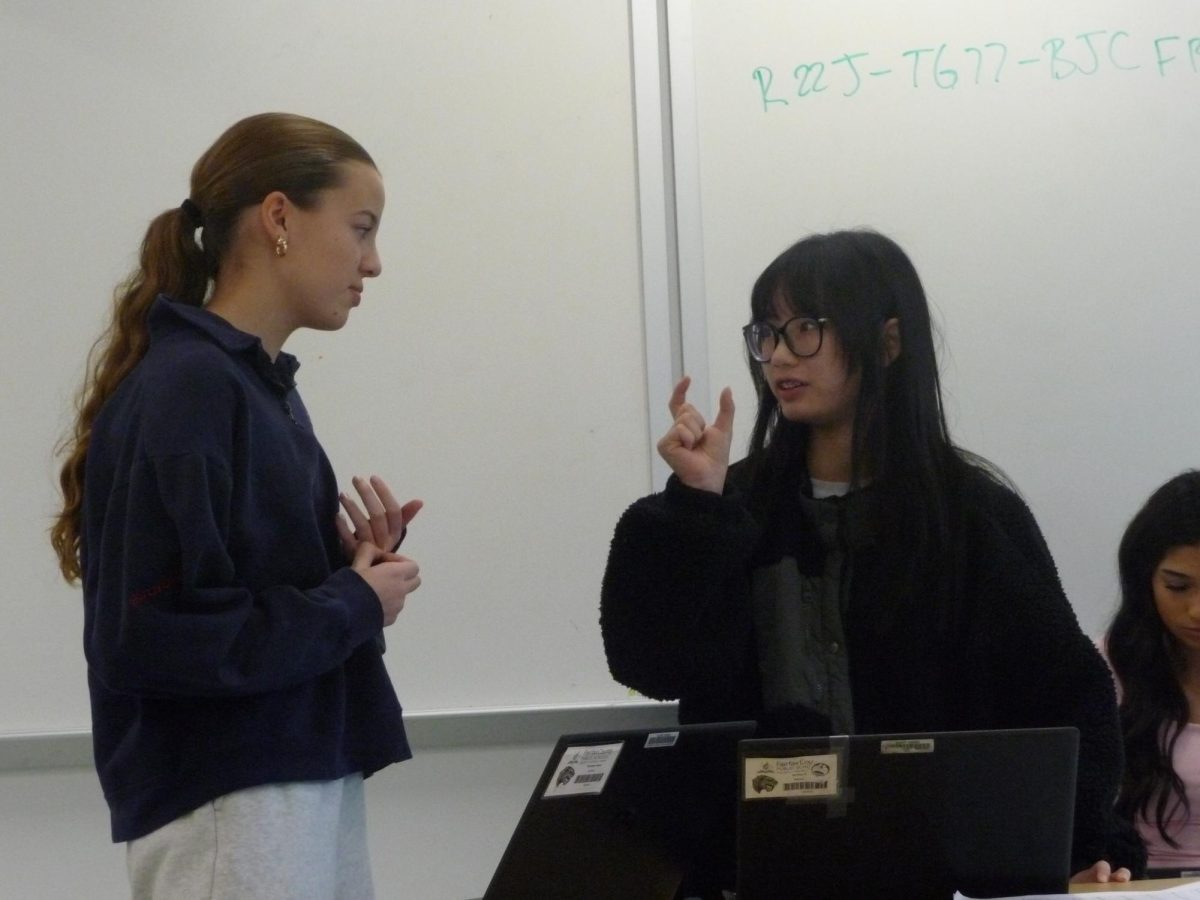


AI could vary in many uses in the education system, from making administrative tasks easier and more efficient with AI-powered organization tools to creating lessons that adapt to the student. However, there are many ways to use this technology wrongfully which is causing concerns and reservations for several teachers. The far reach of this technology could impact students and teachers all around the world.
Artificial Intelligence, in simple terms, is the study and development of machines that think like humans. In colloquial terms the word “AI” is used when referring to several chatbots and art-generators that simulate human learning skills by analyzing and collecting data, such as ChatGPT, OpenArt, Siri, etc. The sudden worldwide rise of ChatGPT (A language processing chatbot capable of answering questions and simulating human-like conversations) in early 2023, made it inevitable that the educational system would be impacted.
AI is constantly growing and developing, and it will only continue to take on more space in education and society as a whole. Its several applications and potentialities concern some teachers.
“My primary concern about the integration of AI into teaching practices—and I think many, many classroom teachers feel this way—is that over time AI-generated student responses that replace rather than supplement students’ organizational and analytical thinking and writing skills will become acceptable, or it will be viewed as too overwhelming a problem to be worth combating. I don’t think this change will take very much time, either,” English teacher Patrick Fahringer said.
A lot of AI-powered websites are accessible and in most cases free, which makes it harder for teachers to prevent its use. Said accessibility allows students to shorten, and sometimes even completely eliminate the effort and time it takes to complete some assignments, consequently, creating a barrier for the development of critical thinking skills in students.
“Un profesor lo puede usar, pero mi preocupación es los alumnos porque los alumnos van a buscar la manera de acortar su trabajo pero no van a saber de lo que están buscando. Por ejemplo, si tienen un trabajo sobre una lectura en su clase de AP Literatura y de Español, en lugar de leer el libro o el poema y analizarlo, ellos lo ponen en una web que tenga inteligencia artificial y esa inteligencia artificial lo hace por ellos.” [A teacher can use it, but my concern is the students because the students are going to look for a way to shorten their work but they won’t know about what they’re looking for. For example, if they have an assignment about a reading in their AP Literature and Spanish class, instead of reading the book or poem and then analyzing it, they will put it in a website that has Artificial Intelligence and that AI will do it for them], Spanish teacher Raul Robles said.
Learning benefits from the human interaction between teachers and students, further improving student motivation and encouraging a stronger retention and understanding of information.





